Elephanta Caves, Maharashtra
Been there recently?
A small island named Gharapuri, 10 kilometres off the shores of Mumbai, houses attractive cave temples that were built between the 5th and 8th centuries by the kings of the Kalachuri dynasty. Of the seven caves here, five are temples, and two are basadis. These temples showcase the evolution of cave temple construction in India. Impeccably carved out of a large rock hill, they depict the images of Shiva in many forms. The 23 ft tall image of Sadashiva in cave number one is the main attraction. The staggering sculpture has five faces and is hence also known as Panchamukhi Shiva. The Portuguese took control of the island during the 16th century and named it ‘Elephanta’ because of the presence of a large statue of an elephant close to the sea. The British tried to move this stone elephant to Britain, but the crane broke and the statue shattered into many pieces. The pieces were brought to Mumbai, assembled and the Elephant of Elephanta is now seen at Jijamata Udyan at Byculla, a suburb of Mumbai. During Portuguese rule, temples fell into neglect, with the stopping of daily worship and apathy. The British started the renovation activities, and by the 1970s, the caves had been restored to their earlier glory. It is a UNESCO World Heritage Site that awe-inspires visitors about the rich art and the cultural renaissance that was taking shape in ancient India.
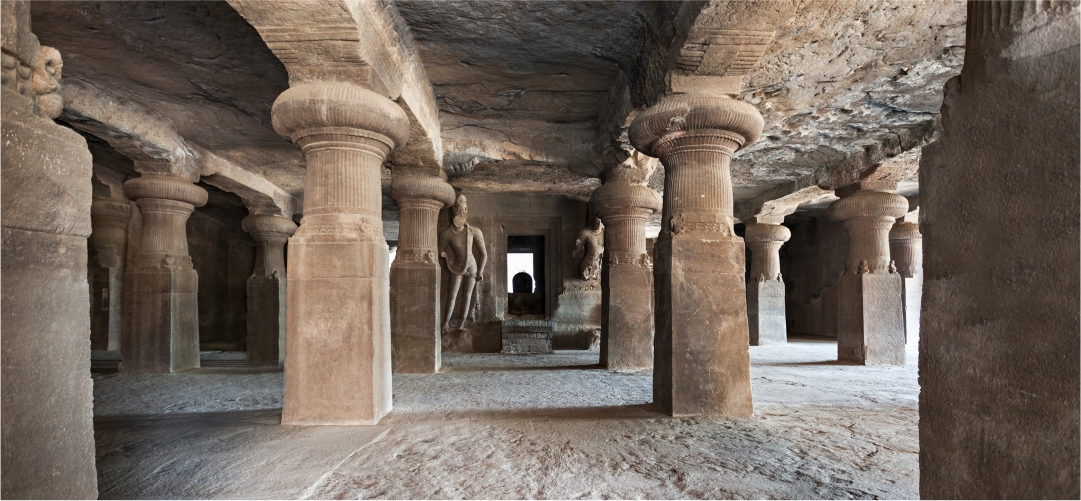
Nearby Places to See
Jogeshwari Caves
Built at about the same time as the caves at Elephanta, these caves are located in a suburb of Mumbai known as Jogeshwari and located about 22 kilometres from Elephanta. A descent of some stairs takes visitors to a large hall fronting the temple. Many sculptures are seen here, and the most impressive ones are those of the Dwarapalakas (door keepers).
Built at about the same time as the caves at Elephanta, these caves are located in a suburb of Mumbai known as Jogeshwari and located about 22 kilometres from Elephanta. A descent of some stairs takes visitors to a large hall fronting the temple. Many sculptures are seen here, and the most impressive ones are those of the Dwarapalakas (door keepers).
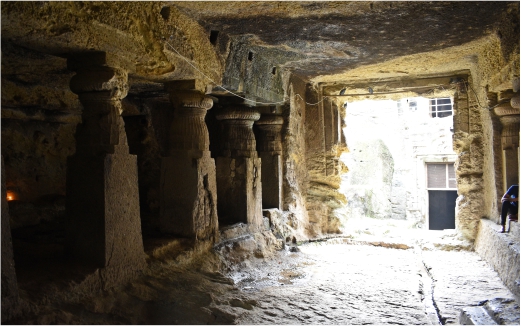
Mandapeshwar Cave
Located about 35 kilometres from Elephanta in the Borivali suburb of Mumbai, this cave temple was built in the 6th century. Housing a large mantapa and rows of decorated pillars, a beautiful Shivalinga is worshipped in the Garbhagruha. There are the ruins of a chapel built by the Portuguese on top of the cave temple.
Located about 35 kilometres from Elephanta in the Borivali suburb of Mumbai, this cave temple was built in the 6th century. Housing a large mantapa and rows of decorated pillars, a beautiful Shivalinga is worshipped in the Garbhagruha. There are the ruins of a chapel built by the Portuguese on top of the cave temple.
Kanheri Caves
At 55 kilometres from Elephanta, these are a series of 109 caves cut into the side of a large black rocky hill surrounded by thick foliage within the Sanjay Gandhi National Park located on the outskirts of Borivali suburb of Mumbai. Chiselled between the 1st and 11th centuries, the method and style of cave carving depict the evolution and subsequent decline of Buddhism in India.
At 55 kilometres from Elephanta, these are a series of 109 caves cut into the side of a large black rocky hill surrounded by thick foliage within the Sanjay Gandhi National Park located on the outskirts of Borivali suburb of Mumbai. Chiselled between the 1st and 11th centuries, the method and style of cave carving depict the evolution and subsequent decline of Buddhism in India.

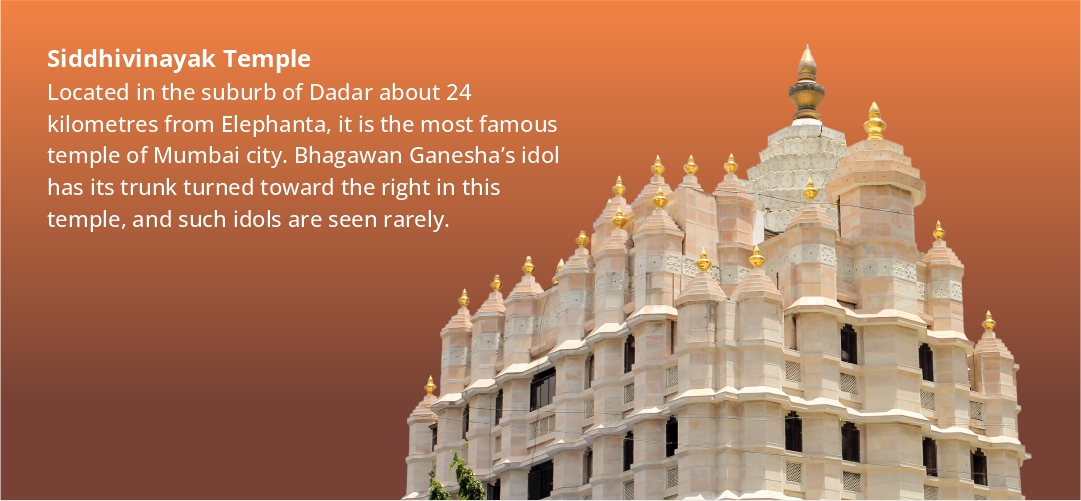
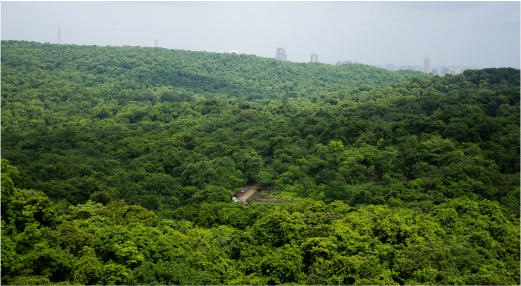
Sanjay Gandhi National Park
Located about 50 kilometres from Elephanta, in the suburb of Borivali, it is a fine place that offers tranquillity from the noisy city. It covers an area of 87 square kilometres and was established in 1969. The safari ride, toy train, and small treks make it a favourite destination for the family crowd.
Located about 50 kilometres from Elephanta, in the suburb of Borivali, it is a fine place that offers tranquillity from the noisy city. It covers an area of 87 square kilometres and was established in 1969. The safari ride, toy train, and small treks make it a favourite destination for the family crowd.
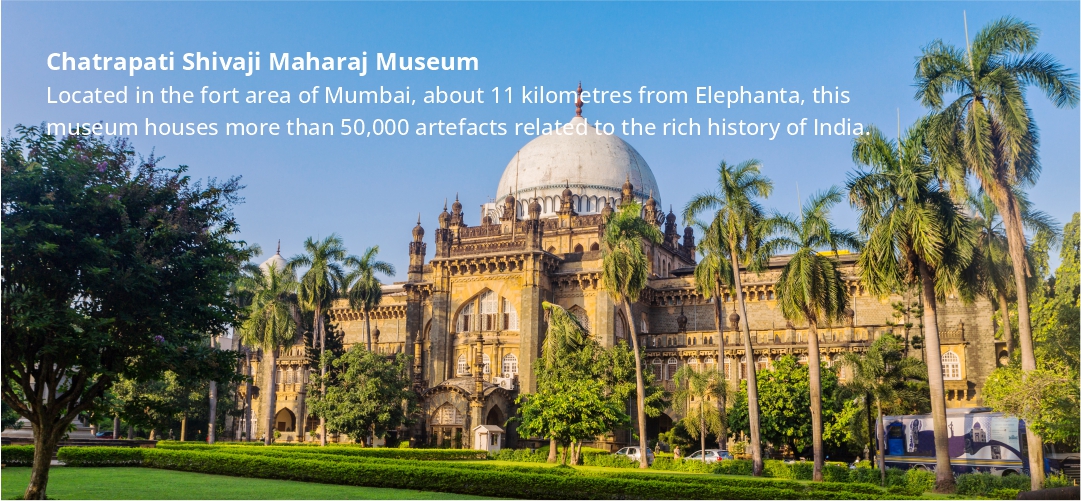

-
Destination



